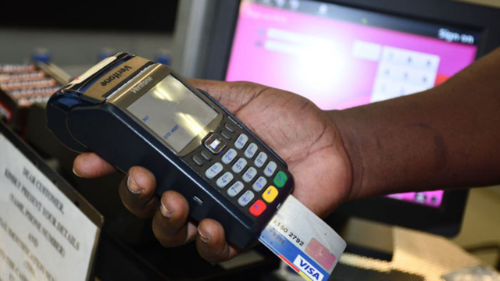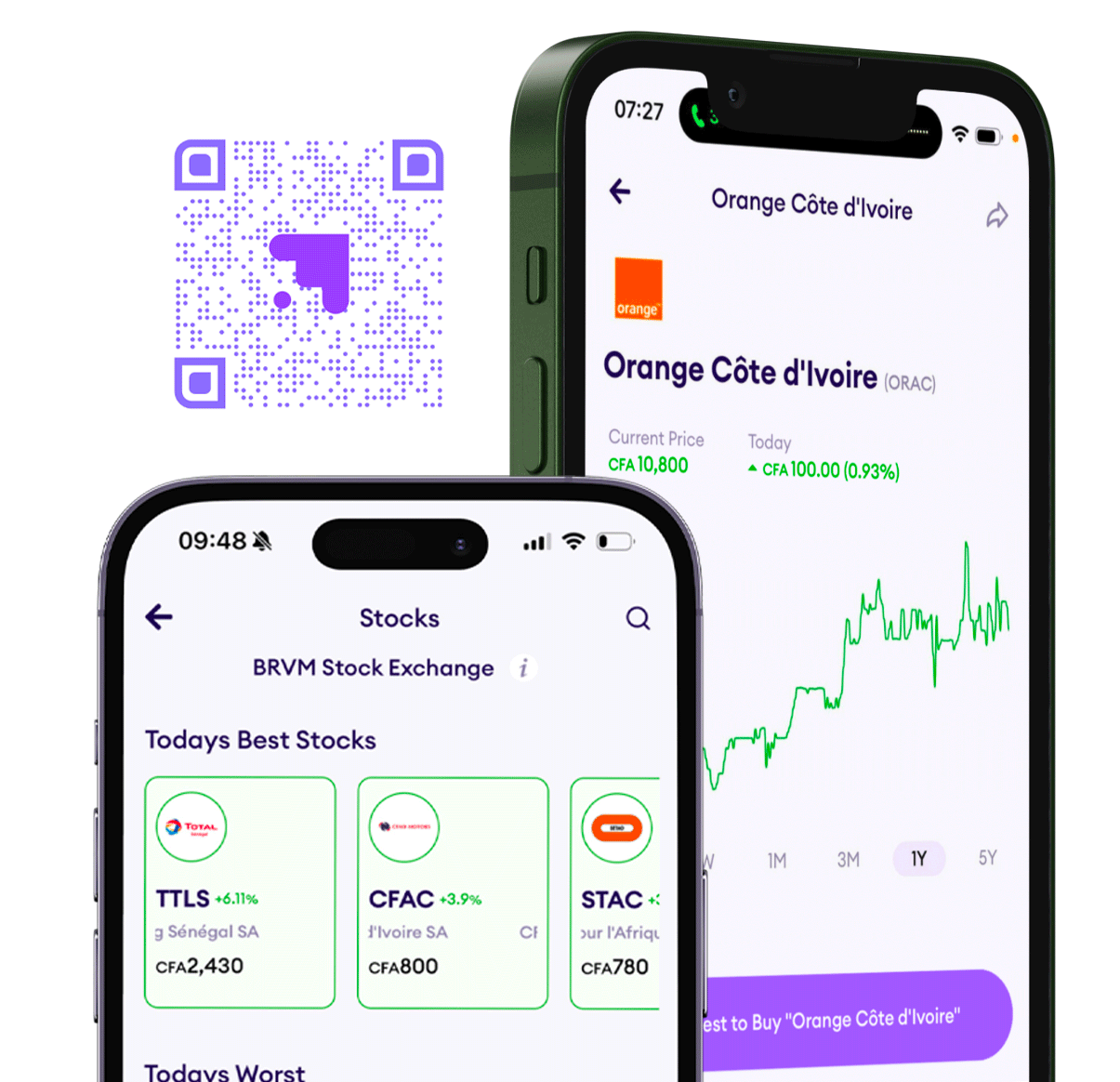Tanzania’s Digital Payments Surge Past $11B as Adoption Rises

TLDR
- Tanzania’s real-time digital payments system more than doubled in value in 2024, with total transactions reaching TSh29.9 trillion ($11.6 billion)
- The Tanzania Instant Payment System (TIPS), launched in 2020, enables instant money transfers across banks, mobile wallets, and other licensed institutions
- The central bank said TIPS is now a key part of the national payments infrastructure, supporting financial inclusion
Tanzania’s real-time digital payments system more than doubled in value in 2024, with total transactions reaching TSh29.9 trillion ($11.6 billion), up from TSh12.5 trillion ($4.9 billion) the year before, according to the Bank of Tanzania’s latest financial stability report.
The Tanzania Instant Payment System (TIPS), launched in 2020, enables instant money transfers across banks, mobile wallets, and other licensed institutions. It processed 454 million transactions in 2024, nearly double the 236 million handled in 2023. The number of participating institutions rose to 46, reflecting growing adoption.
The central bank said TIPS is now a key part of the national payments infrastructure, supporting financial inclusion. Unlike Kenya’s market-led model, Tanzania’s system is centralised and promotes interoperability from the start.
Despite this progress, Kenya’s mobile money sector remains much larger, with 2024 transactions valued at KES 8.7 trillion ($67.3 billion), over half the country’s GDP.
Daba is Africa's leading investment platform for private and public markets. Download here
Key Takeaways
Tanzania’s decision to build a centralised, interoperable real-time payment system reflects a deliberate policy shift to improve access to digital finance across fragmented financial services. While Kenya’s M-Pesa-driven ecosystem dominates Africa’s mobile money space, Tanzania’s TIPS offers a different model—one that treats interoperability as foundational rather than optional. This approach is coupled with investments in infrastructure mapping. Tanzania now has over 52,000 financial access points, but many rural districts still fall below the national average of 4.8 per 10,000 adults. To close this gap, the Bank of Tanzania is enhancing its Financial Services Registry with GIS tools to identify underserved regions and guide investments. The strategy highlights a shift from pure transaction volume growth toward broader inclusion metrics. Kenya still leads in agent penetration, with more than 320,000 mobile money agents and an average of 11 access points per 10,000 adults. But Tanzania’s model could prove more replicable for other African markets looking to integrate banking, mobile money, and fintech under a shared infrastructure.

Next Frontier
Stay up to date on major news and events in African markets. Delivered weekly.
Pulse54
UDeep-dives into what’s old and new in Africa’s investment landscape. Delivered twice monthly.
Events
Sign up to stay informed about our regular webinars, product launches, and exhibitions.




